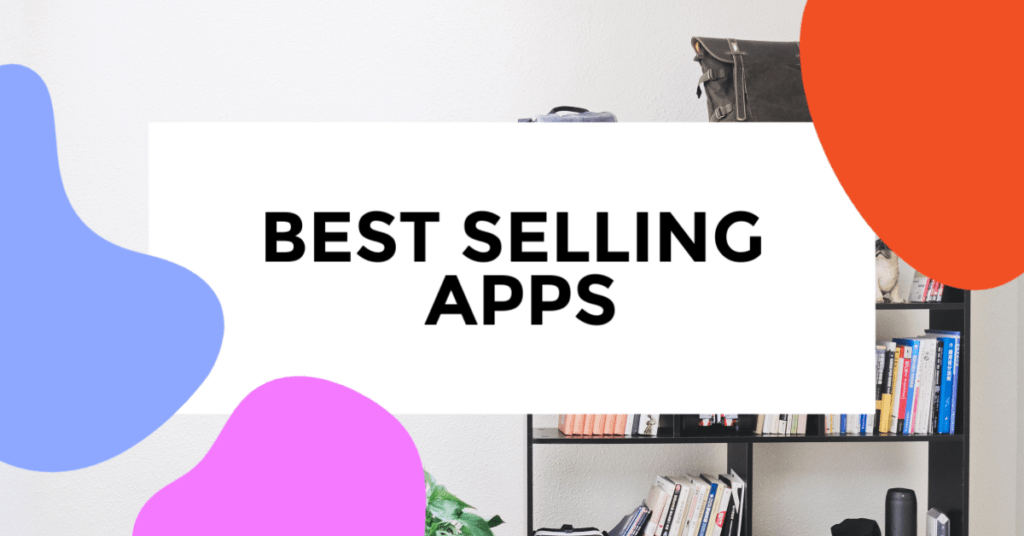Back when I was in college, I never came across a single personal finance course, or a basic financial literacy program that…
Have you ever wondered what’s the average salary in the US or what it takes to make the top 1%? Perhaps you…
You might have been using TurboTax for a while, but are ready to explore other tax preparation software alternatives. Perhaps you’re looking…
Making a will is important to your estate planning, but let’s face it: it’s unpleasant to think of our own finality. That’s…
Banks are open Monday through Friday, but have limited business hours on Saturdays. You’ll find most banks and credit unions close on…
There’s an overwhelming number of options out there when it comes to online tools to help you stay on top of your…
Graduating from college is a cause for celebration. But it’s also a time to switch gears and deal with new responsibilities, like…
What’s not to love about free gift cards? When you receive one, it almost feels like an invitation to go shopping. …
Most of us are very good at keeping a watchful eye over our money. So when I found out the percentage of people who have unclaimed property, I was shocked. I’d thought the number would be very small. …
If you’re asking yourself: “where can I find a local scrap yard near me?” And you want to learn the basics of selling scrap metal for cash, you’ve come to the right place. …
Are you looking to free up closet space and make money fast? Selling your items is one of the quickest ways to raise cash. …
















